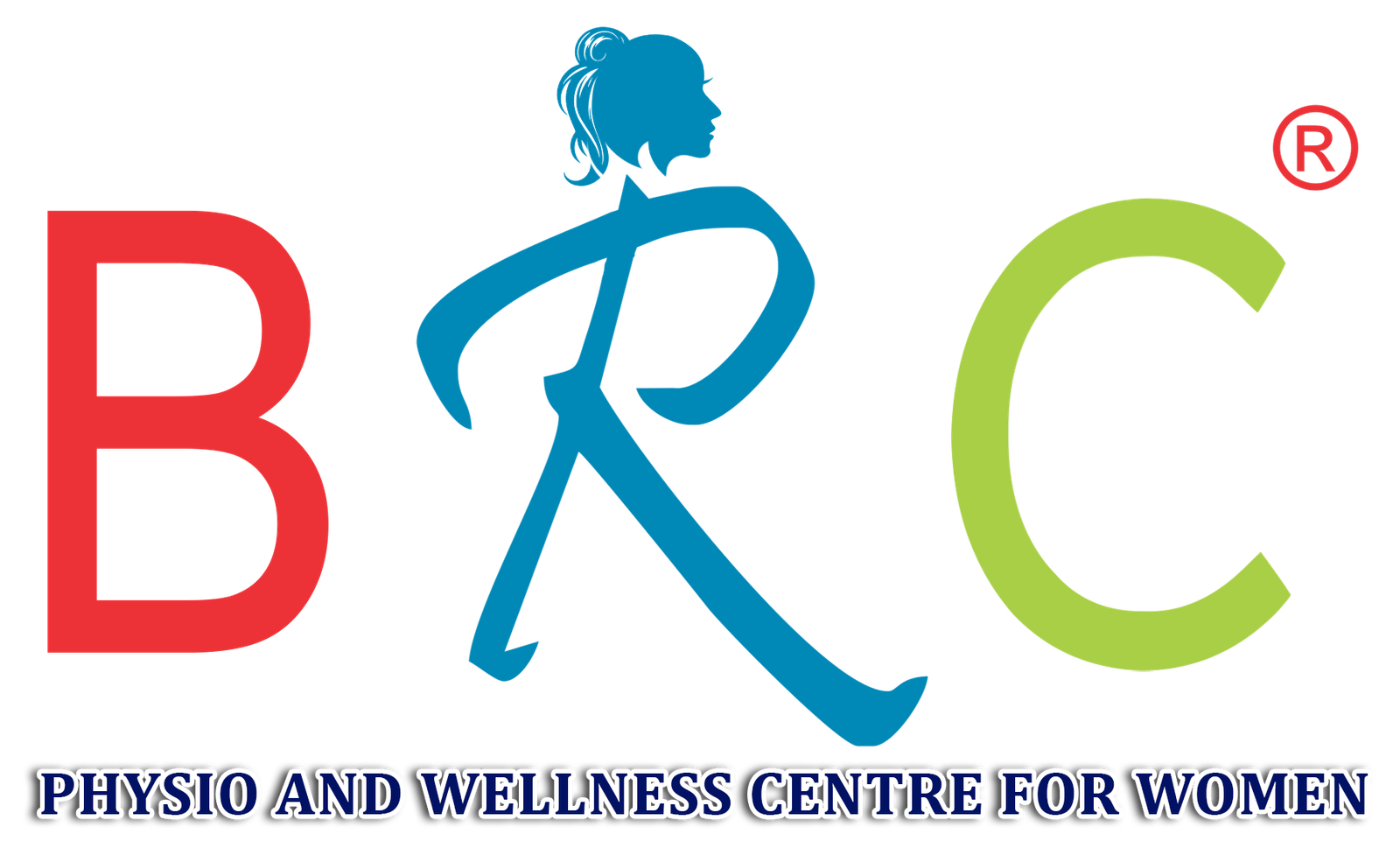Electro therapy

MON-SAT 8:00-9:00
+91 569 803 6420

Electro Therapy
Electrotherapy is a form of physical therapy that uses electrical energy to treat various musculoskeletal conditions. It involves applying electrical currents to the body to alleviate pain, reduce inflammation, promote tissue healing, and restore movement. In physiotherapy, electrotherapy is often used in combination with other techniques such as manual therapy, exercises, and stretches to improve recovery and rehabilitation.
Common Types of Electrotherapy in Physiotherapy:
1.Transcutaneous Electrical Nerve Stimulation (TENS)
- How it works: TENS involves placing electrodes on the skin over the affected area. Electrical pulses are delivered to nerves to reduce pain by blocking pain signals or by stimulating the production of endorphins, the body’s natural pain relievers.
- Conditions treated: TENS is commonly used to manage acute and chronic pain, including back pain, joint pain, muscle spasms, and arthritis.
- Benefits: Pain relief without medication, non-invasive, safe for long-term use, and can be used at home with a portable TENS unit.
2.lectrical Muscle Stimulation (EMS)
- How it works: EMS uses electrical currents to stimulate muscle contractions, which helps improve muscle strength, endurance, and tone. It’s often used when patients cannot perform voluntary muscle contractions due to injury, surgery, or other conditions.
- Conditions treated: EMS can help with muscle weakness, atrophy, rehabilitation post-surgery, post-stroke recovery, and conditions like frozen shoulder or neurological disorders.
- Benefits: Helps prevent muscle atrophy, increases circulation, strengthens muscles, and aids in rehabilitation.
3.Interferential Current Therapy (IFT)
- How it works: IFC uses two high-frequency currents that intersect at the area of pain. The interaction between the two currents creates a low-frequency stimulation that is more comfortable for the patient. This therapy helps reduce pain and promote healing.
- Conditions treated: Chronic pain, muscle spasms, joint pain, tendonitis, and sports injuries.
- Benefits: Pain relief, deeper tissue penetration, and more comfortable compared to other forms of electrotherapy.
4.Ultrasound Therapy
- How it works: Ultrasound therapy uses sound waves to penetrate deep into the tissues. The sound waves create vibrations that generate heat within tissues, promoting circulation, reducing pain, and accelerating healing.
- Conditions treated: Soft tissue injuries, tendonitis, muscle strains, ligament sprains, and scar tissue.
- Benefits: Reduces pain and inflammation, promotes tissue repair, and helps with muscle relaxation.
- Instant Business Growth
- 24/7 Quality Service
- Easy Customer Service
- Quality Cost Service

5.Shortwave Diathermy (SWD)
- How it works: SWD uses high-frequency electromagnetic waves to generate heat deep within tissues. This increases blood flow, reduces muscle spasm, and promotes tissue healing.
- Conditions treated: Chronic muscle pain, joint pain, ligament injuries, and inflammation.
- Benefits: Deep tissue heating, improved circulation, and faster recovery for soft tissue injuries.
6.Iontophoresis
- How it works: Iontophoresis uses a small electrical current to deliver medication (typically anti-inflammatory drugs like corticosteroids) through the skin to the underlying tissues. This is often used when oral medications are not effective or appropriate.
- Conditions treated: Inflammation, tendonitis, bursitis, and conditions that require anti-inflammatory treatment.
- Benefits: Non-invasive drug delivery, reduces inflammation, and provides localized relief.
7.Microcurrent Therapy
- How it works: Microcurrent therapy uses very low electrical currents that mimic the body’s natural electrical signals. This therapy stimulates the body’s cells to promote healing and reduce pain.
- Conditions treated: Soft tissue injuries, chronic pain, nerve injuries, muscle rehabilitation, and wound healing.
- Benefits: Promotes cellular repair, reduces pain, improves circulation, and enhances tissue regeneration.
8.Low-Level Laser Therapy (LLLT)
- How it works: LLLT uses low-level lasers or light-emitting diodes (LEDs) to stimulate healing processes in the body. The light penetrates deep into the tissues and helps with pain reduction, tissue repair, and inflammation reduction.
- Conditions treated: Musculoskeletal pain, arthritis, soft tissue injuries, and inflammation.
- Benefits: Non-invasive, pain relief, and accelerates tissue healing by stimulating cellular activity.
How Electrotherapy Helps in Physiotherapy:
- Pain Management: Electrotherapy can provide effective pain relief for acute and chronic conditions by blocking pain signals, reducing inflammation, and stimulating the body’s natural painkillers (endorphins).
- Muscle Stimulation and Strengthening: For individuals with muscle weakness or atrophy (due to injury, surgery, or neurological conditions), electrical stimulation can promote muscle contractions and help rebuild strength and muscle tone.
- Healing and Tissue Repair: Certain forms of electrotherapy (e.g., ultrasound and microcurrent therapy) promote healing by increasing blood circulation, reducing inflammation, and stimulating cell regeneration, helping tissues recover more quickly.
- Reduced Muscle Spasms and Tension: Electrotherapy, particularly TENS and EMS, can reduce muscle spasms and relieve muscle tension, providing relaxation and improving mobility.
- Improved Circulation: By stimulating blood flow, electrotherapy helps improve circulation, which can accelerate healing, reduce swelling, and improve the delivery of nutrients to tissues.
Who Can Benefit from Electrotherapy:
People recovering from surgery or injury
Electrotherapy can help manage pain, reduce inflammation, and accelerate recovery.
Individuals with chronic pain conditions
Those suffering from conditions such as osteoarthritis, back pain, or fibromyalgia may benefit from electrotherapy for long-term pain relief.
People with muscle weakness or atrophy
: Electrotherapy can help stimulate and strengthen muscles that have weakened due to disuse, injury, or neurological conditions.
Athletes
Electrotherapy is commonly used by athletes for injury rehabilitation and pain management.
Individuals with neurological conditions
Electrotherapy can be helpful in conditions like stroke, multiple sclerosis, and cerebral palsy to improve muscle function and prevent atrophy.
Precautions:
While electrotherapy is generally safe, there are some important precautions to consider:
- Pregnancy: Electrotherapy should generally be avoided during pregnancy, especially over the abdomen and pelvic area.
- Pacemakers: People with pacemakers or other implanted electrical devices should avoid certain types of electrotherapy.
- Open wounds: Electrotherapy should not be applied over open wounds or broken skin.
- Certain medical conditions: Those with heart conditions or other specific health concerns should consult their healthcare provider before using electrotherapy.
